Gianluca Cavallaro

Resume | LinkedIn | GitHub | KNIME SlideShare
Hi Everyone! 👋 Welcome to Gianluca Cavallaro's portfolio website
📌 Data Science at University of Milano-Bicocca
Portfolio
Data Science UniMiB
Collection of projects realized for the university courses @ University of Milano-Bicocca (2021-now).
Machine Learning
My complete project in Machine Learning by Unimib (2022).
Credit Card Fraud Detection: machine learning classification project realized with KNIME
The project consists in the application of different classification models to a dataset containing data relating to credit card transactions for the detection of financial fraud.
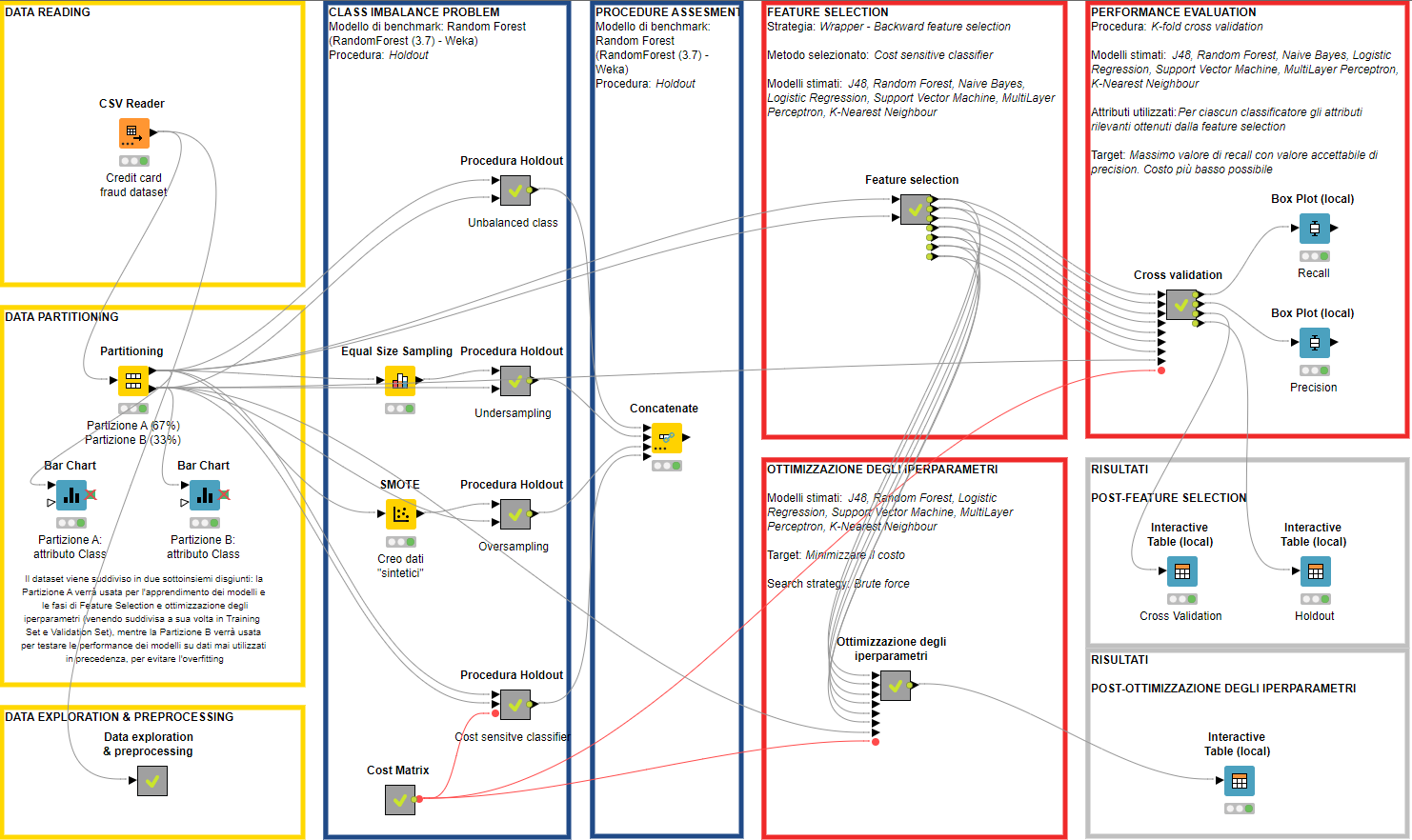
Data Management
My complete project in Data Management by Unimib (2022).
Competitive Pokémon Graph Database: data management project realized with Neo4J
The aim of the project is to create a graph database containing all the main information useful for the competitive Pokémon game. The database was created using neo4j. The data was collected through different sources, both via API and scraping, and manually integrated.
The final database contains all the information about Pokémon, moves, abilities, items, natures and their relationships.
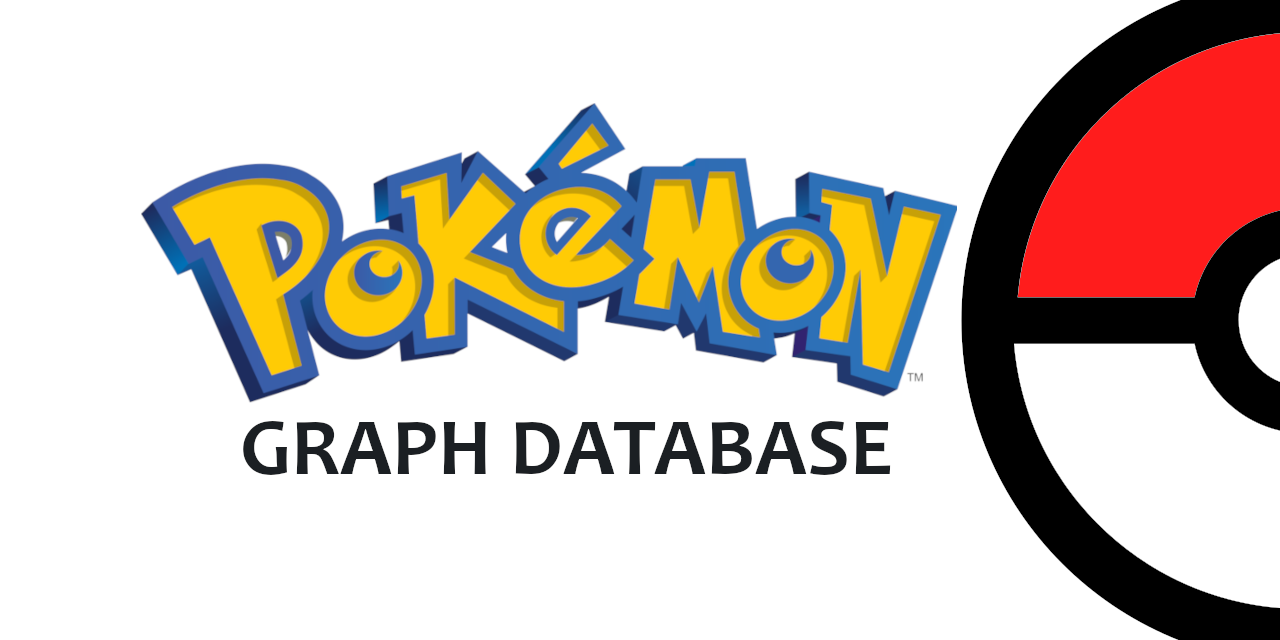
Data Visualization
My complete project and assignments in Data Visualization by Unimib (2022).
Air Pollution - Data Visualization: data visualization project realized with Tableau
Has air quality improved in the last 15 years in and around Milan? Is the concentration of pollutants higher in winter or summer? And why? What are the main pollutants and what are the meteorological and anthropogenic factors that influence the seasonal trend of concentrations?
We tried to answer these and other questions by analyzing the data of ARPA Lombardia. The results of our analysis were then displayed in an interactive infographic created using the Tableau platform.

PROMS Score - Data Visualization: data visualization assignment realized with Python
Can the physical and mental condition of a patient depend on external factors? Can weather conditions, light, humidity and temperature affect patient satisfaction with the operation they have undergone?
Let’s try to answer these questions through some infographics made through Python, using the matplotlib and Seaborn libraries
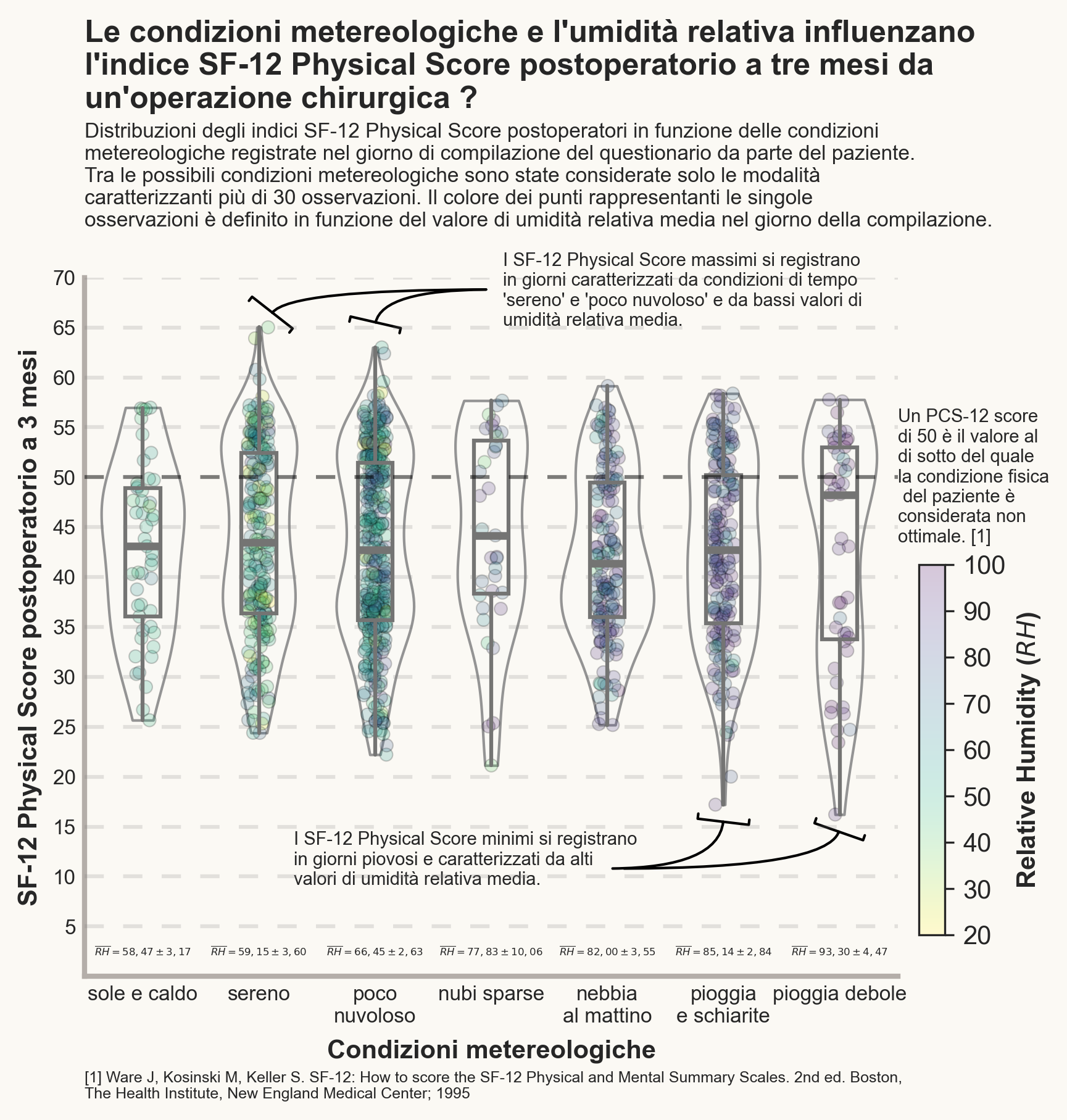
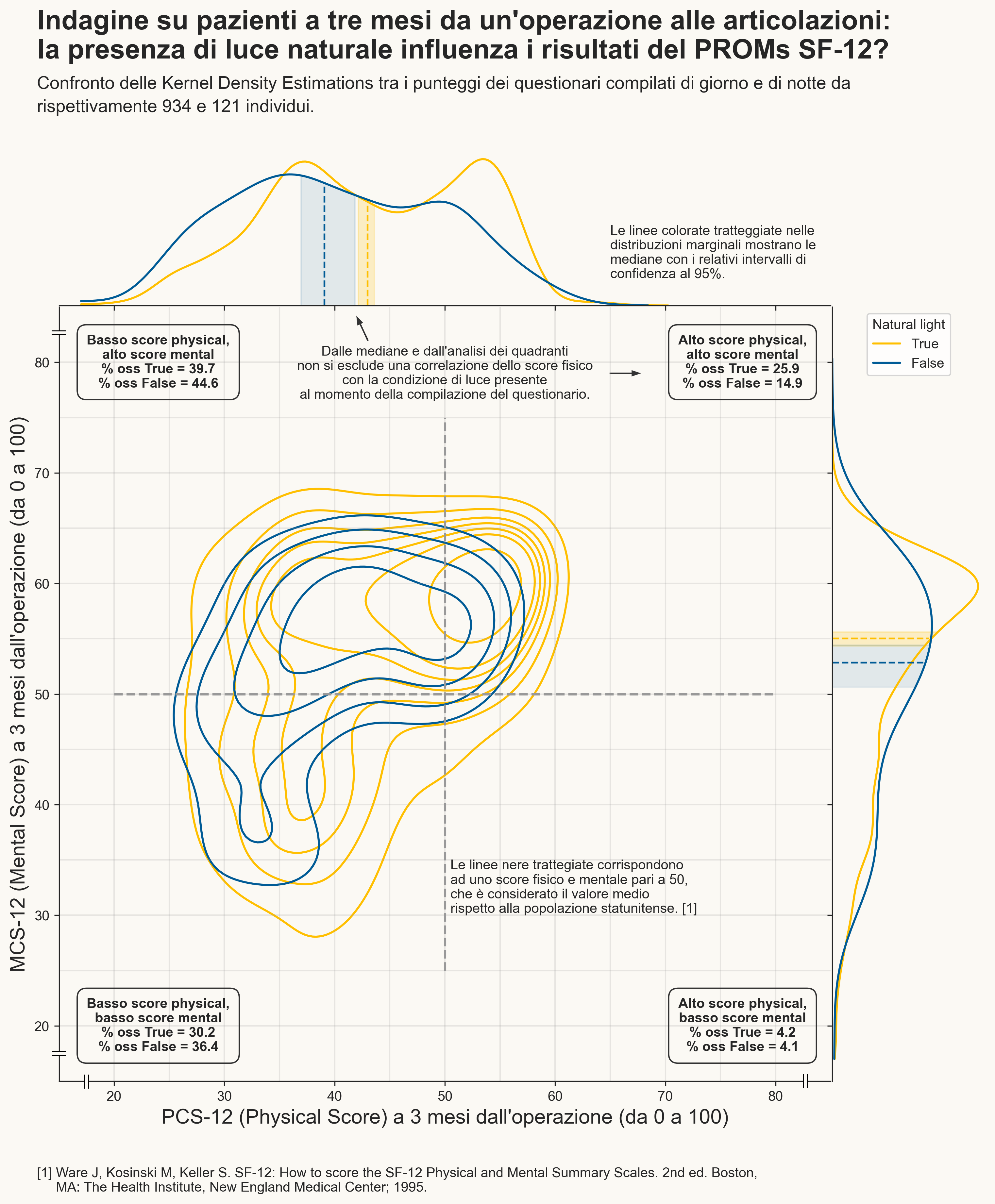
Data Semantics
My complete project in Data Semantics by Unimib (2022).
Evolution of tòpoi in italian literature: data semantics project realized with Python
The Greek term tópoi, translated simply as "commonplace", identifies the repertoire of thematic and formal constants that constitute the morphological framework of the Western and Italian literary tradition. Although the spectrum of narrative patterns that have characterized the literature produced in the Italian peninsula is broad and changing over time, tòpos represent a form of imitatio that has never completely faded away, thus a useful tool for handing down the literary tradition. Indeed, conventionality and recurrence allow tòpos to traverse centuries and literary phases, yet lend themselves to the different formulations and interpretations of individual authors.
Through the use of distributional semantics, in particular by using the algorithms word2vec and CADE, some tòpos have been analyzed from the historical and cultural point of view.

Data Science Lab
My complete project in Data Science Lab by Unimib (2022).
Restaurant’s Revenue Loss during first COVID-19 pandemic lockdown: Time Series Analysis and Forecasting: data science lab project realized with R
The proposed project aims to analyse the sales performance of 6 restaurants located in Lombardy and Emilia-Romagna, over a time period from January 2018 to April 2022. Through the data provided, suitably supplemented with additional useful information, the aim is to attempt to answer three questions presence of significant patterns in the time series, provide an estimate of the losses incurred during the period of closure due to the COVID-19 pandemic, and provide an estimate of future restaurant trends. This is first an exploratory analysis of the time series of the different restaurants is conducted, with the aim of identifying and explain certain behaviours, such as seasonality and trends. Subsequently, different models for analysing and forecasting time series (ARIMA & SARIMA, UCM and Random Forest). The most robust and accurate for this application turned out to be the SARIMA and Random Forest models. These were able to estimate losses of between 16% and 21% compared to the annual turnover in 2019 due to the due to the lockdown in spring 2020, and allowed the future trend of the historical series to be estimated.
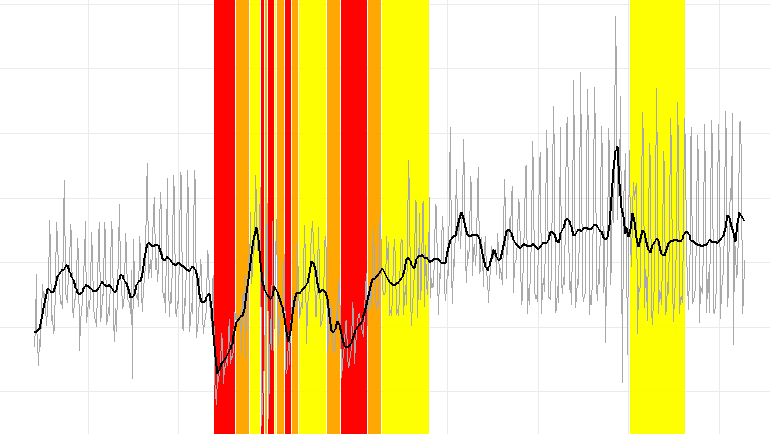
Text Mining & Search
My complete project in Text Mining & Search by Unimib (2023).
Text classification and Text clustering on Amazon Fine Food Reviews dataset: text mining & search project realized with Python
In this project, different text mining techniques are applied to the Amazon Fine Food Reviews dataset. In particular, the tasks of text classification and text clustering are addressed. The main questions that are being investigated are:
1) Is it possible to classify the reviews as "good" or "bad"?
2) Is it possible to predict the score assigned to the review from the text of the review itself?
3) Is it possible to group similar reviews into the same cluster?.
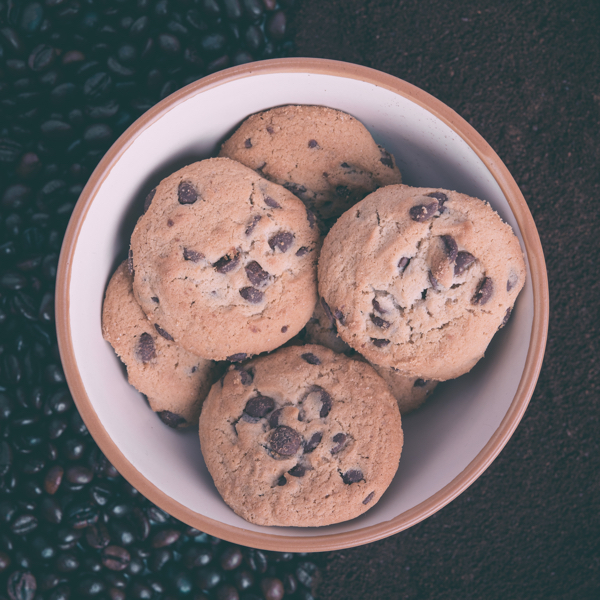
Digital Signal & Image Management
My complete project in Digital Signal & Image Management by Unimib (2023).
Medical data management: COVID-19 detection using cough recordings, chest X-rays classification and generation: digital signal and image management project realized with Python
The project is divided into two parts: the first concerns the processing of one-dimensional signals, the second that of two-dimensional signals and the use of GANs. The first part aims to train a neural network capable of recognizing COVID-19 positive patients using cough recordings. The second part, on the other hand, aims to create a neural network capable of distinguishing healthy people, people suffering from pneumonia and COVID-19 through chest X-rays. This part also explores the possibility of using GANs to generate synthetic images with the aim of balancing the dataset and improving the performance of the classifier.

Technological Infrastructures for Data Science
My complete project in Technological Infrastructures for Data Science by Unimib (2023).
An Overview on Edge Computing Research & Applications: an in-depth analysis on Edge Computing Paradigm
Edge computing is a computing paradigm that has become increasingly popular in recent years, as more and more devices are connected to the internet and generate massive amounts of data, and as the need for real-time data processing and analysis has grown in various industries such as healthcare, manufacturing, and transportation.

Generative AI for Image Captioning Evaluation
My master’s thesis work realized in collaboration with IVL Lab at Unimib (2023).
Generative AI for Image Captioning Evaluation: experimenting with Text-to-Image models as Image Captioning evaluation tools
In recent years, the field of generative AI has experienced significant advancements. Specifically, text-to-image algorithms have gained immense popularity due to their incredible results. These models can potentially revolutionize many industries. But can they also be effective as validation tools for image captioning model results?
The main objective of this thesis, in fact, is to use text-to-image models to validate the results obtained from a series of image captioning models. The work begins with a dataset containing eight different textual descriptions generated by as many image captioning models for 5,000 images extracted from the COCO dataset. The idea is to implement a series of open-source text-to-image models to generate images from these descriptions, determining the best prompt among the eight based on the similarity between the original image and the regenerated ones.








